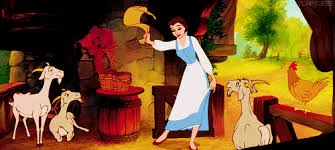Confused about the differences between a novel, a memoir, and a biography? Maybe we can help clear up the mystery.
First, a memoir and a biography are both true accounts based upon what happened to a person. A biography is a history of a person. It tells when he was born and to whom, what happened in his childhood, and discusses every major event in his life. If a person writes a biography about himself, it’s called an autobiography.
A memoir, on the other hand, focuses on one aspect of a person’s life, such as his struggle with alcoholism or his quest to become President. Whereas a biography gives facts and is generally written as a narrative, a memoir is considered creative nonfiction and reads more like a novel, which is fiction (made up).
Both memoir and novel use scenes to act out the story with dialogue and action instead of simply telling what happened.
Even though a memoir is considered a true story, it is impossible for most humans to remember verbatim every word spoken throughout their lives. Therefore, the most important thing is that the memoir recreate the emotional honesty of conversations and situations. It is permissible to make up the actual words spoken.
It is also permissible to change the names and descriptions of the people you want to include in your memoir. If you do this, you should put a disclaimer on your copyright page stating that “names and/or likenesses have been changed for privacy.” However, if your memoir reveals unflattering things about a person who is still alive (or who still has close family), you may want to consult an attorney before publishing. As a general rule, if someone is a celebrity, you may mention his or her name and reveal something about him as long as it’s true or reflects positively on him. If a person is not a celebrity, you may not use his name or likeness without his written permission because a non-celebrity has a right to privacy.
If you think you cannot tell your full story for fear of retribution or embarrassment or a lawsuit, you may want to fictionalize your story. This gives you more leeway in telling your story. You can add in situations that did not actually occur or you can add in people who did not actually live. You simply write a novel—which is defined as fictitious prose—instead of a memoir. As long as it still reveals the emotional truth of your situation, you can claim it is “based upon a true story.”
If you aren’t certain how to move forward, email me at IFWeditors@gmail.com to schedule a complimentary 30-minute telephone or Skype conversation to discuss how you can best present your story. We’re always here to help.








